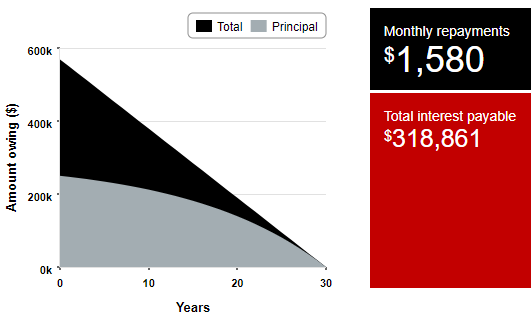APR is short for “Annual Percentage Rate.” The APR is the percentage figure that expresses your total cost of obtaining and financing a loan, i.e. what you’re truly paying for that mortgage. The APR is the percentage figure that takes the true Note Rate (the interest you’re paying your loan back at) plus closing costs, then amortizes it over the life of the loan and expresses your cost of financing as a yearly rate. <It does not change your monthly payment nor the true interest rate that you’re paying your loan back at.>
APR came about as a means for consumers to compare quoted rates among different lenders. This can be important when you’re unsure if a quoted interest rate includes any points.
For example, I may quote a person a 30 Year Fixed interest rate of 6.0% with zero points at a loan amount of $500,000.00. There are closing costs associated with every purchase and refinance, which would run approximately $3000.00 at this loan amount. The APR for a $500,000 loan with a rate of 6.0%, zero points and loan fees of $3000.00 is 6.056%.
If that same person decided to buy down the interest rate by 1 point ($5000 upfront) down to to 5.75%, then the APR is 5.899%. You can see how different the spread in APR versus Note rate can be, right? That’s why this is used for comparing sites, especially in the case where a bank may tell you that they’ve got a no point loan at an incredibly low rate. In my experience, that generally means that they’ve built in extra loan fees to the closing costs.
APR can be tricky, but as a general way of comparing loans, it’s the best thing we have.
And one last note: California real estate law dictates that when a blanket interest rate is quoted (such as in advertisements, online banking sites or blogs), the APR must be quoted as well.


